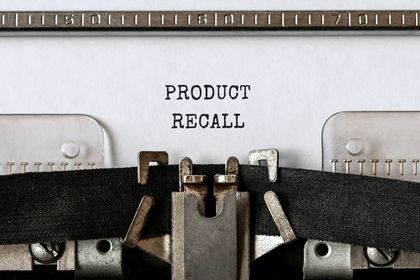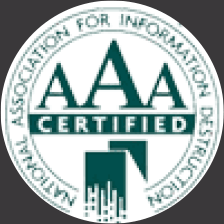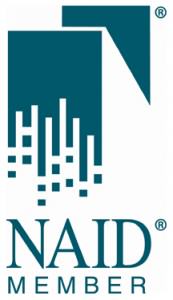
Product recalls are a serious matter for businesses and consumers alike. They’re often an unwelcome and expensive disruption for companies and can mean the difference between life and death for consumers. It’s essential to have a well-crafted plan in place to manage a product recall if and when such an event arises. Here are five practical steps your business should take to prepare for and manage a product recall.
Plan for a Recall
The first step in managing a product recall process is to establish a framework for managing a recall. Create a clear policy with detailed steps that outline the problem assessment process. By identifying the defective products, assessing the potential impact of the recall, contacting stakeholders, developing communication strategies, and managing the logistics of the recall, you can keep your reputation intact.
Identify the Cause
The second step is to identify the cause of the problem and the affected products. Establishing the root cause will help your business identify the most effective solution for addressing the issue. For example, if the problem is due to a manufacturing defect, you’ll need to investigate whether the root cause was a quality issue, a supplier issue, or a design issue. If you need to get rid of old electronics that caused the issue at hand, secure product destruction services are available to help.
Notify Relevant Stakeholders
The third step in the product recall process is to notify stakeholders such as regulators, suppliers, and customers. When notifying regulators, provide them with information such as the extent of the problem, the potential consequences, the remedy, and the implementation schedule. Notify suppliers and customers about the recall, how they can obtain refunds or replacements, and when they can expect to receive them.
Develop a Communication Strategy
The fourth step is to develop a communication strategy for managing the product recall. A well-planned strategy will provide timely and accurate information to customers, suppliers, regulators, and other stakeholders. The messaging should be clear, concise, empathetic, and informative. Provide information on the cause of the problem, the risks, and the recommended actions that customers should take.
Implement and Monitor the Recall
The final step is to implement the recall plan and monitor its progress. The implementation phase of the product recall requires more hands-on work, coordination across different departments, and close monitoring of the process as a whole. This approach will ensure all steps are on track, problems or delays are identified early, and the process is completed within the specified timeline.
Consider All Aspects of the Recall
Understanding and preparing for a product recall is essential for any business. Companies that have robust plans in place can minimize damage to their reputation, reduce legal and financial impact, and protect the safety of their customers.
To ensure a successful product recall, companies must develop a thorough strategy that considers all aspects of the recall and maintains open communication with customers and stakeholders. By following these steps, your business will be better prepared to manage any product recall that may arise.





